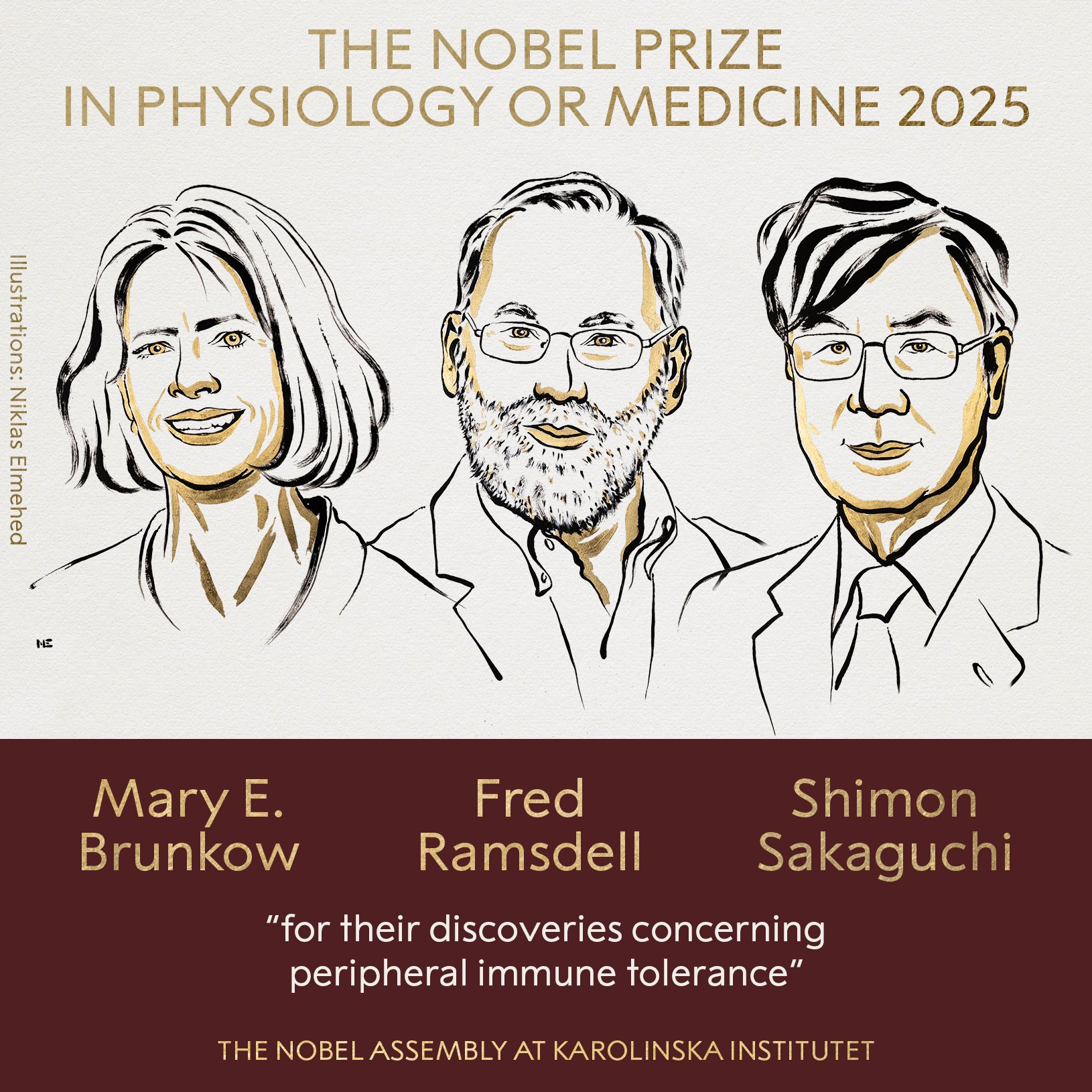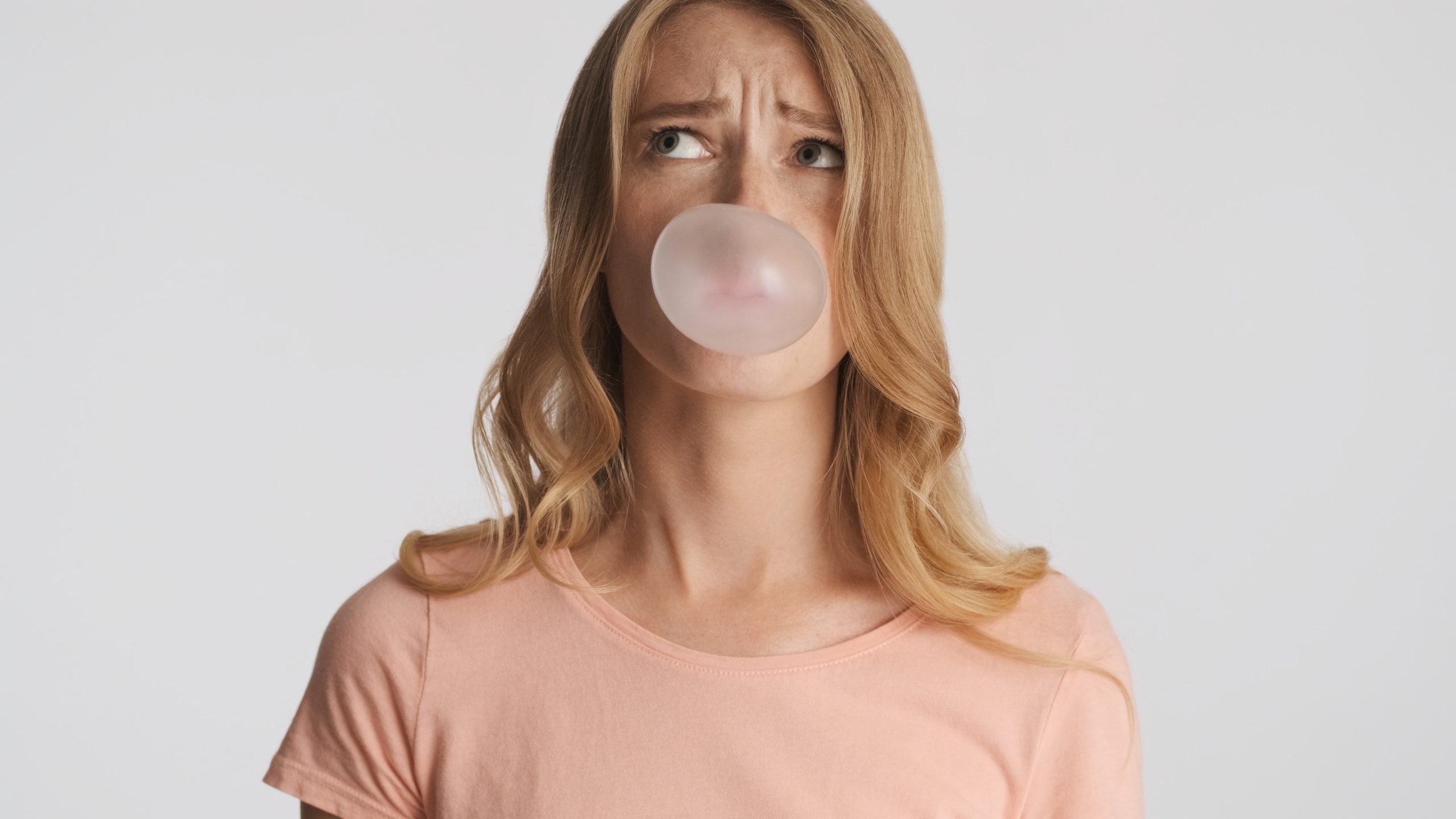Riley’s emotions They live in peace and harmony in their brain. Joy, sadness, disgust, fear and anger Everyone participates in their part of the girl’s life, maintaining a healthy balance. However, 5 new emotions suddenly appear on the scene: Anxiety, envy, boredom, nostalgia and shame. This is how they present it to us Inside Out 2the second part of Pixar’s charming story, in which its protagonist has now reached adolescence.
All new emotions are characteristic of this stage of our life. However, it is clear that Anxiety She is the one who commands. This is not surprising, since this emotion, although it can arise at any time, often develops more strongly in adolescence.
Sometimes it can just happen somehow fully adaptive, but for others it becomes a mental health issue. This and other mental health problems are increasingly common among teenagers. Therefore it is very important to make them visible, which seems to be one of the goals Inside Out 2.
Features of the teenage brain
When we are born, our brain has a series of neural connections that form over the years. Those that are not needed are dismantled, and those that we use most often are strengthened. In this way, the energy required to maintain brain function is optimized. All this happens through a process known as synaptic pruningwhich is most active during adolescence.
Overall, this is a stage of major changes in the brain. Although this organ completes development and maturation in 25-30 yearsBeginning with puberty, the greatest number of changes occur. So how did it happen to Riley in Inside Out 2many new emotions may appear.
The role of anxiety, in addition to Inside Out 2
Anxiety is an adaptive and completely healthy reaction of our brain. When we are about to do something dangerous or requiring special concentration, our brain sends a warning signal, which we detect through symptoms such as increased heart and breathing rates or muscle stiffness. This forces us to be attentive to avoid problems. For example, this could happen if someone crosses our path in the middle of the road while we are driving.
Unfortunately, sometimes anxiety can arise in situations that do not pose a real risk. Or maybe it’s a risk, but the symptoms get severely worse and persist after they’ve passed. We may even constantly imagine future risks that will probably never happen. This is where anxiety starts to become a problem.

The importance of teenagers’ social relationships
Changes affecting areas of the brain responsible for social processes They are among the most intense, occurring in adolescence. For this reason, we attach great importance to the group during this period. This is evolutionarily beneficial because social relationships are very beneficial to humans. The problem is that during this period of training they can be pushed to extremes and what others think becomes very important. Much more than it actually is.
In the trailer Inside Out 2 we see this when Riley try to fit in with the popular girls at school, without even paying attention to his former friends. At first you may think that this is what you need, but ultimately your own behavior makes you feel guilty. Another source of concern.
This is something that, going beyond its cerebral origin, has intensified with social media, causing teenagers a lot of stress due to not meeting the standards they see in them. The result can be anxiety that is not adaptive and becomes very harmful if not identified and treated in therapy.

Melatonin and anxiety
Another interesting fact about the teenage brain is that their melatonin production is different from that of teenagers. children and adults. This is a hormone that helps us Fall asleep. It is released predominantly at night, while during the day its levels decrease significantly. At least this is what happens in adults. It has been observed that teenagers still have more hours allocated in the morning. This is why they find it so difficult to get up early and, if they have no choice but to do so, they feel tired and irritable.
This fatigue can also contribute to anxiety if it is caused by other external factors. It occurs in adults and, of course, in adolescents.
External factors that are also observed in Inside Out 2
Teenagers’ brains are changing, making them more vulnerable to anxiety. But this is not the only problem. Externally, they are exposed to many stressors, such as going to school, extracurricular activities, or first romantic relationships.

IN Inside Out 2 We see Riley struggle to excel at hockey, meet new people at school, or not look strange despite wearing the device. These anxiety triggers can be specific or deep-rooted, even causing what is known as generalized anxiety disorder. How will she deal with this? We are finally very close to knowledge.
Source: Hiper Textual












